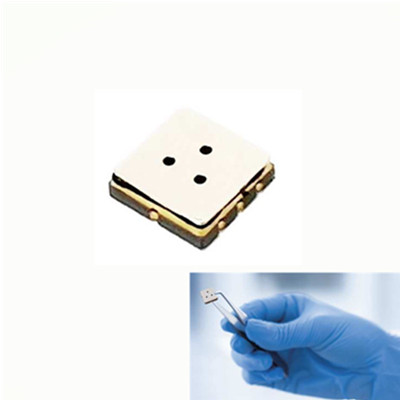MEMS NH3 ammonia gas sensor
-
For manual, please visit our new website.
https://www.rainbowsensor.cn/products/mems_gas_sensor/MEMS_Ammonia_NH3_gas_sensor.html
Introduction
Ammonia sensor (NH3) is MEM-technology based gas sensor with semiconductor nanomaterial as sensing material,which can be used for detecting NH3 of different concentration in different environmental conditions.Characteristic
The sensor has the characteristics of small size, low power consumption, high sensitivity, low cost, fast response, high stability, long lifetime, etc.Technical Parameter
Sensor Model
S1002
Sensor style
MEMS semiconductor sensor
Standard Package
Ceramic Package
Detected Gas
Ammonia(NH3)
Detection Range/ppm
0 ~ 300 ppm
Resolution/ppm
1ppm
Circuit Voltage
Circuit Voltage
VC
5V or 3.3V DC
Heating Voltage
VH+
3.3±0.1 V DC
Load Resistance
RL
Adjustable (Proposed
RL:300-500kΩ)
Sensor Unit
Characteristics
Heating Resistance
RH
310±10 Ω(Room Temperature)
Heating Power
RH
≤ 30 mW
Sensor Resistance
Rs
1000 ~ 5000 KΩ(in air)
Sensitivity
S
R0 (in air)/Rs (in 50ppm NH3) ≥ 2
Slope
a
≤ 0.8(R50ppm/R10ppm NH3)
Standard Test
Conditions
Temperature Humidity
20±2 ℃;55±5% RH
Standard Test circuit
VC :5V or 3.3v VH :3.3V±0.1 V
Preheating time
30min
Response Time(T90)
<60 s
Recovery Time(T10)
<120 s
Expected Lifetime
≥5 Years
Main application
• Industry online monitoring;
• Public areas environmental monitoring;
• Portable air detector;
• Deodorant Machine and Air Purifiers;
• Odor detector in animal husbandry;Pin Assignment & Reference Circuit
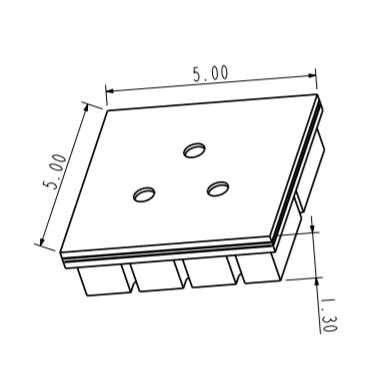
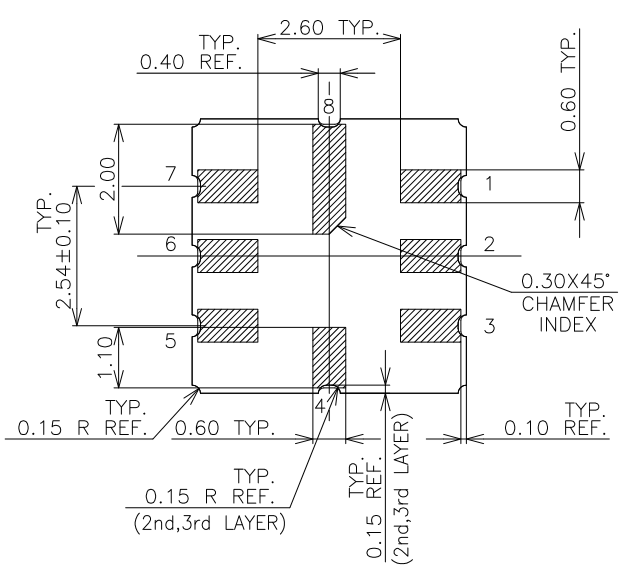
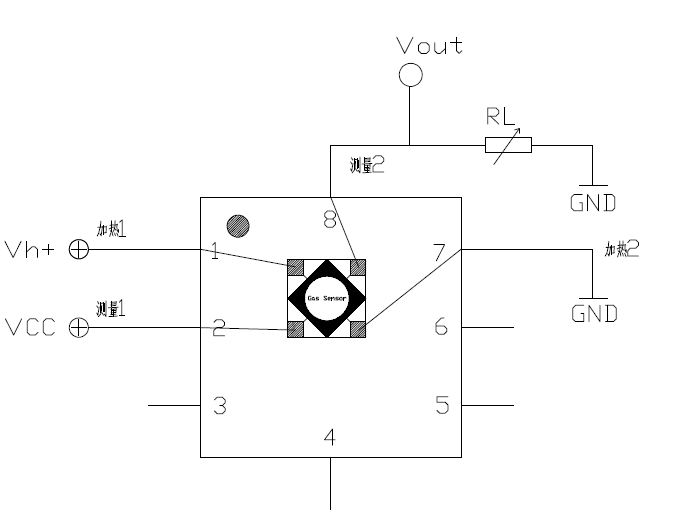

Characteristic parameter
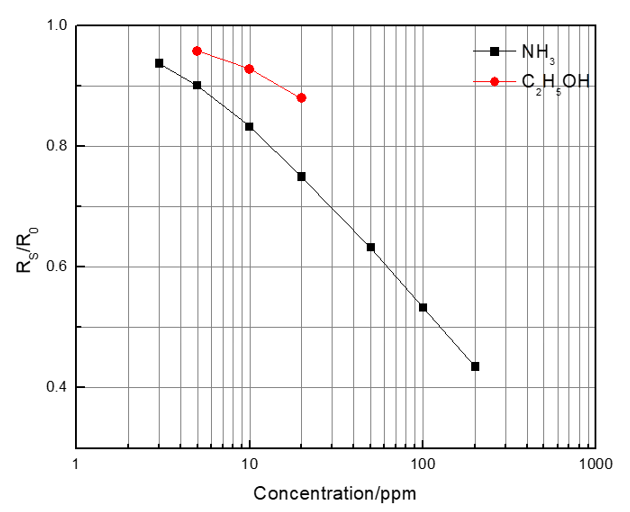 Figure4
Figure4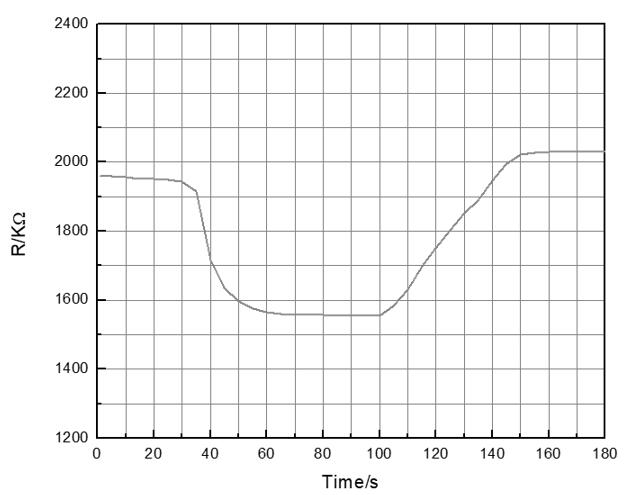 Figure5
Figure5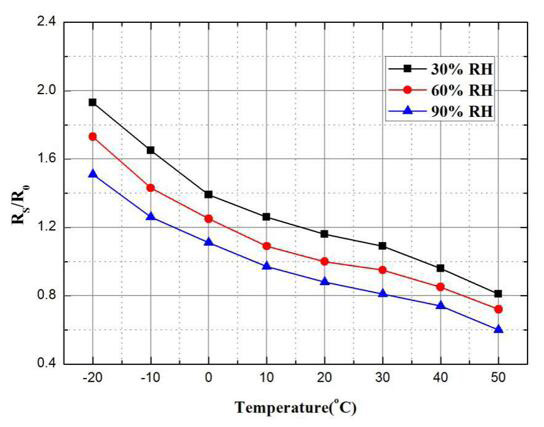 Figure6
Figure6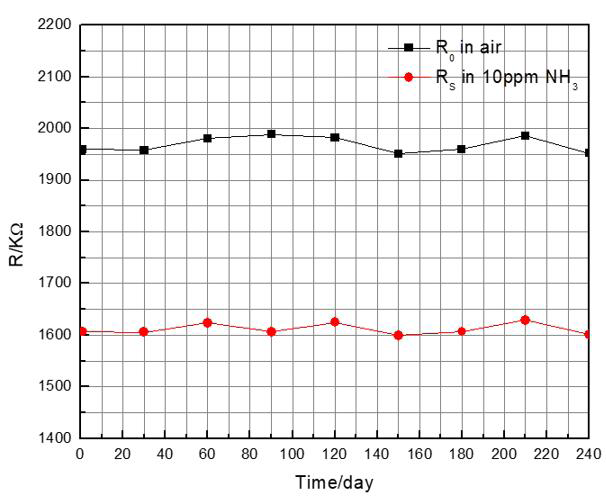 Figure7
Figure7Figure4: The sensitivity curve of sensors
Figure5: The response curve of the sensor
Figure6: The sensitivity of the sensor versus temperature
Figure7: Stability test of sensors

